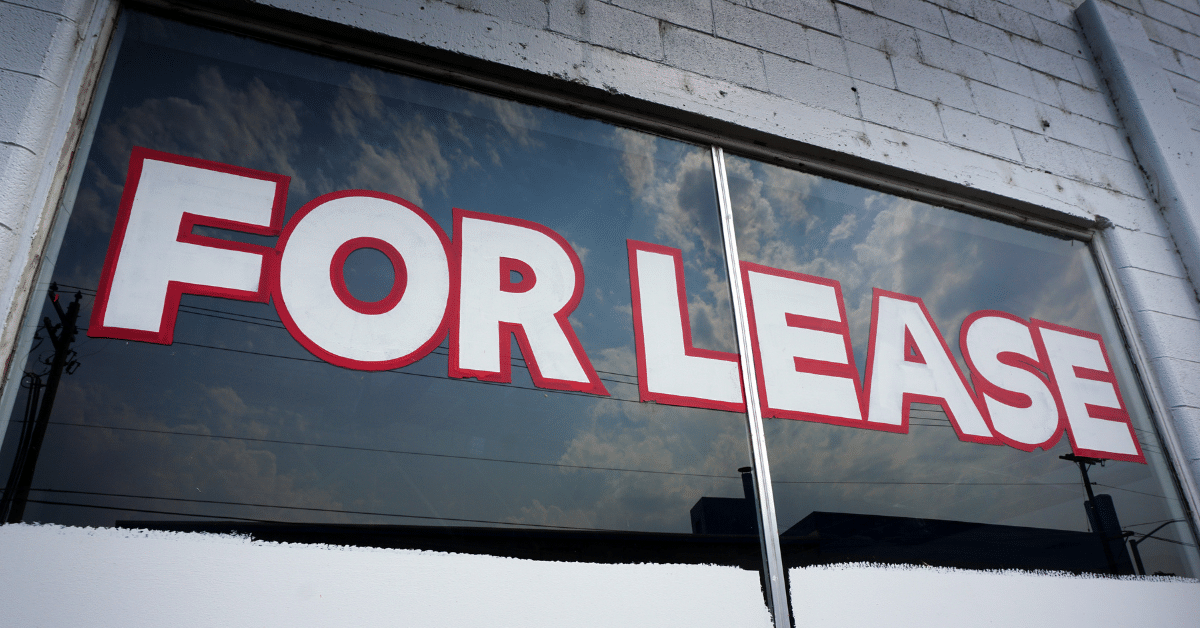We are only beginning to assess and realize the changes and challenges COVID brought to churches. One of those challenges emerged during the pandemic. Churches that leased facilities were not able to return when the restrictions of the pandemic lifted. Some of them lost their leases altogether.
Let’s look at some of these issues and challenges. They are indeed issues we might never have anticipated if there had not been a pandemic.
- Some facilities are no longer open to leasing to churches. In most cases, this posture is not an anti-Christian stance. Instead, the owners of these buildings are concerned about keeping the facilities as safe and clean as possible. It can be difficult when an outside group is in the building at least once a week. We have seen several schools and other government organizations decide to stop the weekly leasing of their building to any group, churches included.
- New churches have fewer options. Many new churches start in schools, but many schools are no longer leasing to outside groups. Established churches typically own their buildings. But most new churches do not have the financial means to purchase or build a facility. They see fewer options for places to meet.
- Existing churches must open their facilities to other churches. Our church buildings have a terrible occupancy rate. We are often poor stewards of these incredible resources God has given us. We must be open to welcoming other congregations to use our buildings. They may not have the “prime time” of Sunday morning, but most of them would welcome other times during the week. I look forward to the day when three or more churches are meeting in one building.
- We must do everything we can to keep church facilities as church facilities. It grieves me to hear of a church closing its doors without pursuing the possibility of deeding the property to another church. We call these new churches “church replants” or “church adoptions.”
- The neighborhood church is experiencing a renewal and revival. We must work together to keep these churches both open and thriving. I have seen many neighborhood churches on the cusp of closure welcome another church to take over their facilities. Not only is a church building saved for congregational use, but a gospel witness also remains in the neighborhood. Often that gospel witness is magnified.
It has become cliché to say, “The church is not the building; the people are.” Often, that statement is made in such a way as to suggest that church buildings are inherently bad. Churches must have a place to gather, whether it’s in a home, under a tree, or in a traditional church building. The gathered church is not only a manifestation of church life; it is a mandate of church life.
Church buildings are becoming scarce. They will become scarcer in the days ahead. Indeed, many churches that have been dependent on leased facilities are without a facility right now. Others will meet that same reality in the months ahead.
The situation is a challenge, but it is not a lost cause. We can do things differently with our buildings. We can become better stewards of our buildings. And we can open our doors to other churches using our buildings.
If these developments unfold, we will see the evil of the pandemic become something God has used for good.
Posted on July 26, 2021
With nearly 40 years of ministry experience, Thom Rainer has spent a lifetime committed to the growth and health of local churches across North America.
More from Thom




4 Comments
Excellent article. We can also explore the use of smaller commercial/industrial properties. These can be expensive but the cost goes down with each use. I remember repurposing a bowling alley then filling it in Sunday morning services. We felt like we got another building at no cost when a friend suggested that we host a “Sunday morning service” on Friday evening. It became our best attended meeting each weekend.
Love it!
One of the difficulties of #3 is parochial – it is hard to break the bounds of a denomination, on both sides. Even if denomination 1 church is willing to host church 2, it may not occur to either church to extend an invitation or ask.
A second issue I experience is logistics. Our dedicated worship space is unique is size and shape – 56′ x 26′ with a raised altar. Well designed for a liturgical church but not as much for a less liturgically focused church. While our fellowship hall is bigger getting people to consider it is difficult.
The last thing I find inhibiting sharing spaces is timing. The adage “church is on Sunday morning” isn’t just an adage. There is a mentality that unless worship is Sunday morning it “doesn’t count.”
You are correct, Les.